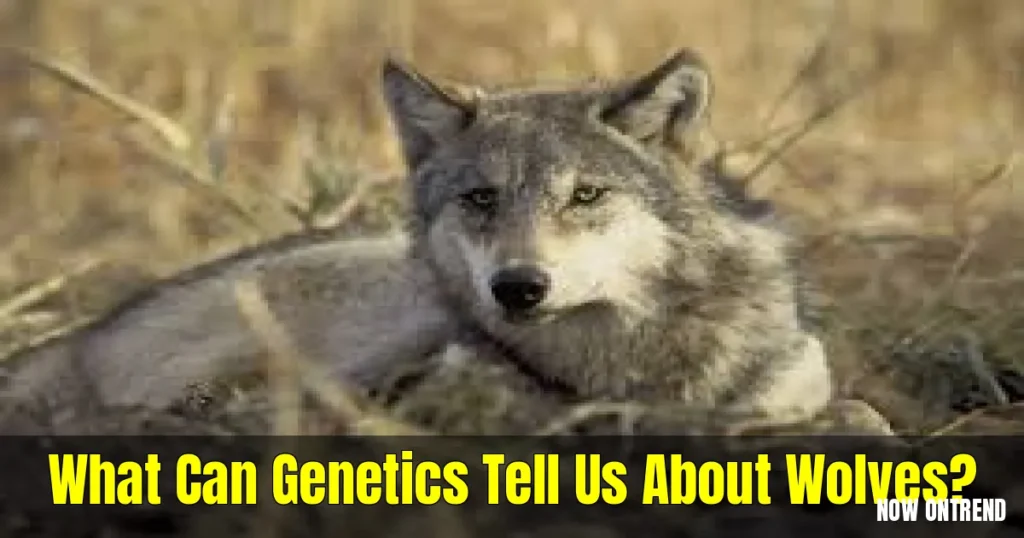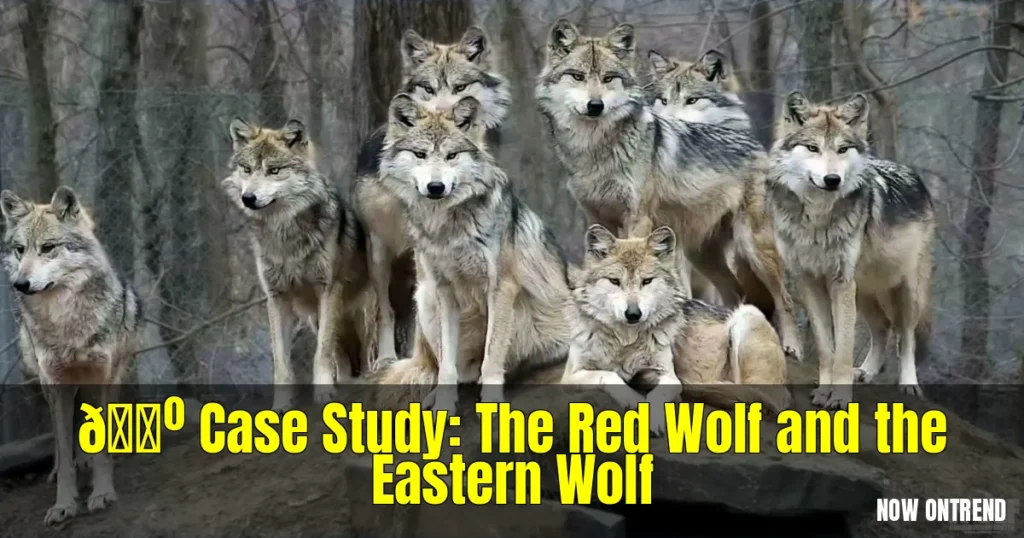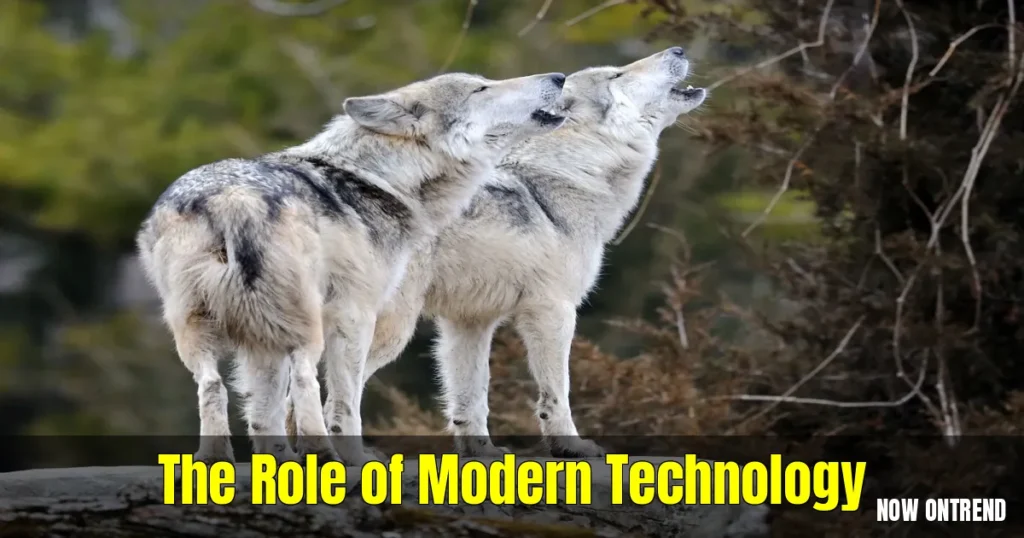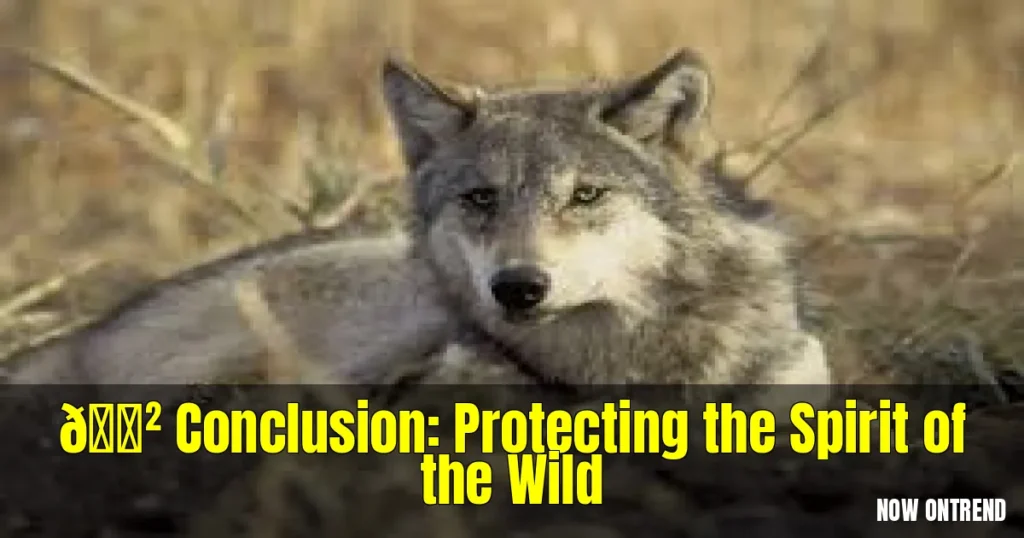Gray Wolf Genetics
For centuries, the gray wolf (Canis lupus) has inspired awe, fear, and fascination. Once roaming vast territories across North America, Europe, and Asia, this apex predator has seen its numbers dwindle due to human conflict, habitat loss, and targeted eradication efforts. But today, as conservationists work to restore wolf populations, a powerful tool has emerged to aid their efforts: genetics.
Understanding gray wolf genetics isn’t just about unraveling the past—it’s about safeguarding the species’ future.
🧬 What Can Genetics Tell Us About Wolves?

Gray Wolf Genetics allows scientists to peer into the blueprint of the gray wolf—revealing its evolutionary history, population structure, levels of inbreeding, and even interbreeding with other species like domestic dogs and coyotes.
Key insights include:
Gray Wolf Genetics
- Ancestry & Lineage: Genetic studies have revealed the migratory paths and divergence of wolf populations over thousands of years.
- Population Health: DNA tests can detect signs of inbreeding, genetic bottlenecks, or hybridization—issues that may compromise a population’s long-term survival.
- Adaptations: Genetic markers help scientists understand how wolves have adapted to different climates, prey types, and ecosystems.
🌍 Why It Matters for Conservation

Gray Wolf Genetics
Conservation isn’t just about numbers—it’s about genetic diversity. A population may seem stable, but without a diverse gene pool, it becomes vulnerable to disease, climate changes, and other environmental pressures.
1. Guiding Reintroduction Efforts
Gray Wolf Genetics
When reintroducing wolves into the wild—as was done famously in Yellowstone National Park—genetics helps ensure the animals come from a population that will thrive in the new environment and won’t cause genetic disruption to existing packs.
2. Monitoring Hybridization
Wolves sometimes interbreed with coyotes or domestic dogs. While rare in the wild, this hybridization can dilute essential wild traits. Genetic testing helps conservationists track and manage this issue.
3. Preventing Inbreeding
In small or isolated wolf populations (like the Isle Royale wolves in the U.S.), inbreeding can lead to serious health problems. Genetic assessments can determine when new individuals need to be introduced to strengthen the gene pool.
🐺 Case Study: The Red Wolf and the Eastern Wolf

Gray Wolf Genetics has also played a key role in understanding the complex identities of the red wolf (Canis rufus) and eastern wolf (Canis lycaon). Once thought to be separate species, recent genetic research suggests these wolves are hybrids between gray wolves and coyotes. This raises important questions for conservation: Should these hybrid populations still be protected as endangered species? Can hybridization be a natural adaptive process?
🔬 The Role of Modern Technology

Gray Wolf Genetics
With tools like genome sequencing, CRISPR gene editing, and environmental DNA (eDNA) sampling, scientists can study wolves more effectively than ever. For example, eDNA allows researchers to collect wolf DNA from soil, snow, or water—without even seeing the animal.
These advances mean we can track elusive wolves, assess genetic health without invasive procedures, and better predict how populations might respond to future threats.
🌲 Conclusion: Protecting the Spirit of the Wild

Gray Wolf Genetics are more than symbols of the wild—they are essential players in maintaining balanced ecosystems. Their presence controls prey populations, fosters biodiversity, and even shapes landscapes. By understanding their genetics, we gain powerful tools to protect them.
Genetics offers not just data—but direction. It helps us make informed, ethical choices about how we manage, reintroduce, and protect these majestic creatures.
In the genes of the gray wolf lies the story of its past—and the key to its future.













